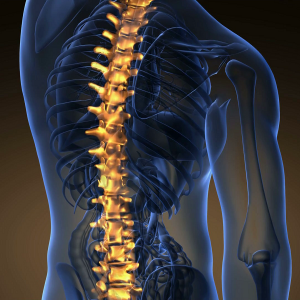How many sockets should I fit?
To deliver best value we will consider the implications of fitting additional sockets in the area, for likely applications such as CCTV, wireless and access control.
We also look at how many devices (computers, printers and telephones) may be fitted into areas, so that you optimise flexibility and your budget.
Containment
To support the new cabling for the route to the cabinet, we agree a suitable route and agree what containment we are to include.
For many clients, their electrical contractor provides the dado trunking (and associated data outlet boxes) in IT suites or offices, prior to our engineers arriving to fit the network cabling.
We work with you to provide the best solution and the best value.
Shielded Cable?
The network standards (CAT5e/CAT6/CAT6a) include options for shielded cables, however for general sockets we normally fit standard Unshielded Twisted Pair (UTP) cables.
Depending on risks of interference or due to transmission speeds greater than Gigabit Ethernet, we will discuss options for shielded solutions.









